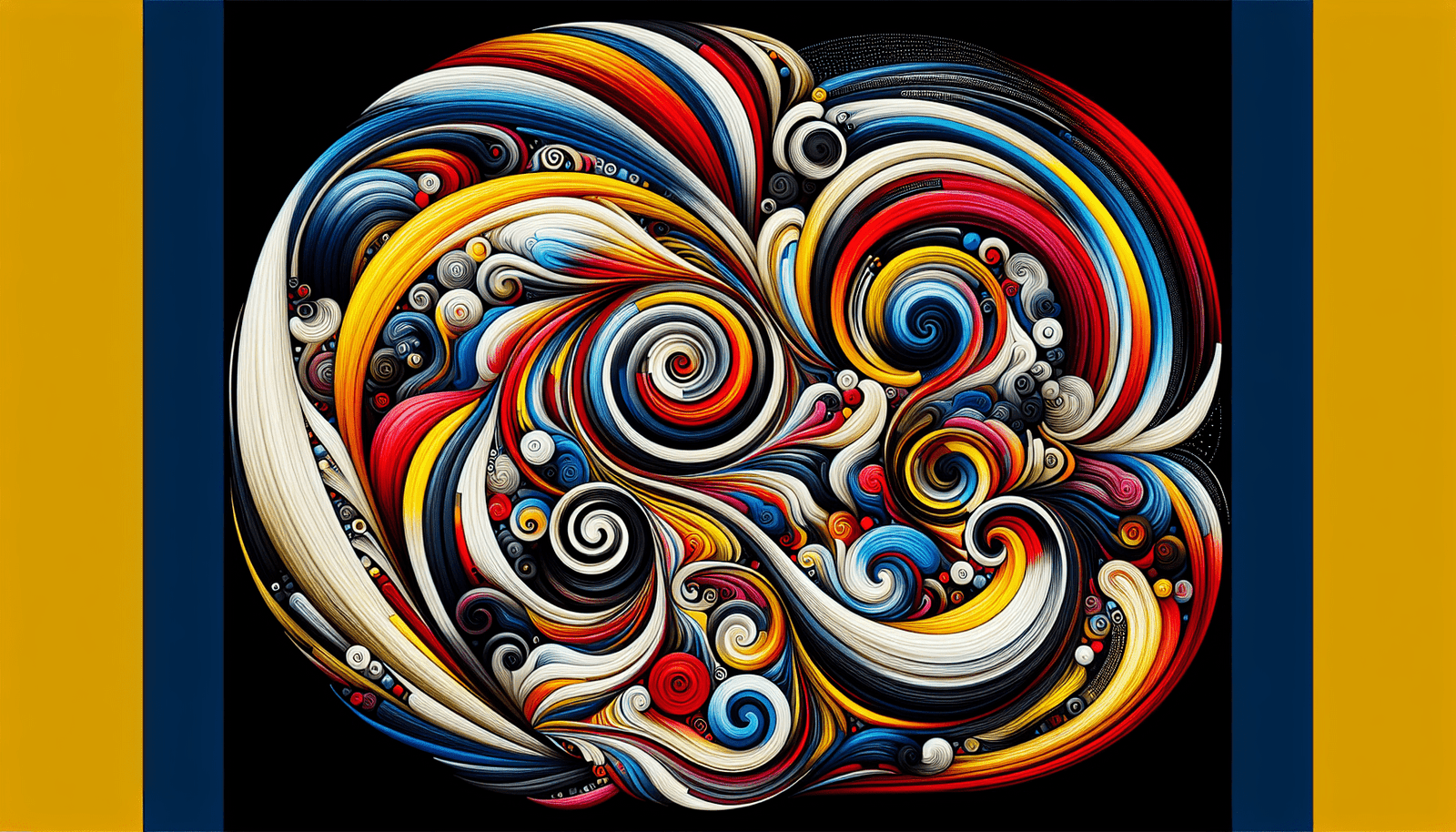When it comes to designing a cover that resonates with your audience, understanding the cultural significance of colors can make a world of difference. Different hues can evoke various emotions and meanings depending on cultural backgrounds, and using these insights can help you create a design that truly connects. In Eastern cultures, red is often associated with luck and prosperity, while in some Western contexts, it can symbolize passion or caution. Recognizing these nuances allows you to craft covers that are not only visually appealing but also culturally sensitive and impactful.
Have you ever thought about how the colors you choose for your book cover can influence potential readers? Designing a book cover is more than just choosing an image and placing the title over it; it’s about understanding the cultural context in which your cover will be viewed. The colors you select can carry various meanings and connotations, shaping a reader’s perception even before they open your book.
What is Cultural Significance of Colors?
Cultural significance refers to the meanings and values assigned to colors within specific cultures. These meanings are often rooted in historical, religious, and social contexts. What might be seen as a beautiful, calming shade in one culture could be viewed as ominous or disrespectful in another.
Historical Roots
The historical background of a color can greatly influence its current perception. For instance, red in ancient Rome symbolized power and warfare, while it also represented sacrifice and love in other ancient cultures. Such deep-rooted connotations have a large impact on how colors are interpreted today.
Religious Connotations
Religious themes can further cement the significance of colors. For example, white is often used in western cultures to symbolize purity and innocence, largely due to its association with brides’ dresses and religious ceremonies. On the other hand, white can signify mourning in many Eastern cultures, like in China and India.
Social Influences
Society also plays a significant role in shaping the cultural meanings of colors. Over time, social movements and trends can either reinforce or completely alter the perceptions of certain colors. The color blue, once regarded as a color for boys, represented neutrality until the pink-for-girls/blue-for-boys trend took over in the 20th century.
The Power of Colors in Marketing
Marketing professionals have long understood the power of color psychology. The colors you choose for your book cover can evoke specific emotions and reactions, thereby influencing purchasing decisions.
Psychological Associations
Colors are known to have universally recognized psychological associations. For instance:
| Color | Emotion/Association |
|---|---|
| Red | Passion, Energy, Danger |
| Blue | Trust, Calm, Professionalism |
| Green | Nature, Tranquility, Wealth |
| Yellow | Happiness, Warmth, Caution |
| Black | Elegance, Mystery, Sophistication |
| White | Purity, Simplicity, Isolation |
Cultural Variations
While these are broad generalizations, the emotional impact of colors can vary by culture:
| Color | Western Cultures | Eastern Cultures |
|---|---|---|
| Red | Love, Danger | Prosperity, Good Luck |
| Blue | Calmness, Professionalism | Immortality (in some cases) |
| Yellow | Happiness, Caution | Sacred (Buddhism) |
| Black | Elegance, Mourning | Evil, Bad Luck |
| White | Purity, Innocence | Mourning, Funerals |
Tips for Choosing Colors for Your Book Cover
Understanding the cultural significance of colors is just the beginning. You need to apply this knowledge effectively to create a captivating book cover that resonates with your audience.
Know Your Audience
Understanding who your readers are is crucial. Are they primarily from a particular cultural or ethnic background? Understanding your target audience’s cultural perspective can guide your color choices.
Research Your Genre
Different book genres often have color trends that make them immediately recognizable. For instance, romance novels frequently use colors like pinks and reds, while thrillers lean towards dark colors like black and grays. Look at successful books in your genre and notice the color schemes they employ.
Consider the Setting of Your Story
If your book is set in a specific country or culture, using colors that resonate culturally with that setting can add authenticity. For instance, a novel set in Japan might feature red prominently, given its cultural significance there.
Use Contrast Wisely
Contrast can make your cover more engaging. High contrast can make important elements stand out, whereas low contrast can create a more harmonious and soothing effect. Be mindful of how colors interact with each other and the overall balance they create.
Test Your Color Choices
Before finalizing your design, it’s wise to test different color options with a sample audience. This can give you insights into how your cover is perceived and whether it evokes the emotions you intend.
Case Studies: The Impact of Color Choices
Examining real-world examples can offer valuable insights into how the cultural significance of colors impacts book cover designs.
“The Kite Runner” by Khaled Hosseini
The cover of “The Kite Runner” uses warm earth tones, which evoke the setting of the story in Afghanistan. The choice of colors not only brings authenticity but also connects the reader emotionally to the cultural backdrop of the narrative.
“The Da Vinci Code” by Dan Brown
The cover of “The Da Vinci Code” primarily uses dark, mysterious colors, aligning well with the book’s themes of secrecy and historical intrigue. The use of red against a dark background adds an element of danger and urgency.
“Life of Pi” by Yann Martel
The cover design for “Life of Pi” employs colors like blue and orange, symbolizing the sea and the tiger, respectively. These choices are deeply tied to the book’s plot and setting, enhancing the reader’s connection to the story.
Practical Tools for Color Selection
Several tools can help you choose the best colors for your book cover. Here are some you might find useful:
Color Palettes
Websites like Coolors and Adobe Color provide color palette generators that can help you create harmonious color schemes. You can choose palettes that evoke the emotions you want to convey while considering cultural significance.
Color Psychology Guides
Books and articles on color psychology, such as “The Power of Color” by Dr. Morton Walker, can offer in-depth insights into the emotional and psychological impacts of various colors.
Cultural Research
Online resources and books that focus on different cultures, like “The Cultural Significance of Colors in Different Cultures” by Noriaki Kano, can provide valuable context for your color choices.
Common Mistakes and How to Avoid Them
Even with the best intentions, it’s easy to make mistakes when selecting colors for your book cover. Here are some common pitfalls and how to avoid them:
Ignoring Cultural Nuances
One of the biggest mistakes is failing to consider cultural differences. What might be a positive color choice in one culture can be entirely inappropriate in another. Conduct thorough research to avoid cultural insensitivity.
Overcomplicating the Design
Too many colors can clutter your cover and confuse the reader. Stick to a simple, cohesive color scheme that effectively conveys your message.
Following Trends Blindly
While it’s smart to be aware of current trends, following them blindly can sometimes backfire. Trends can change quickly, making your book appear outdated. Focus on timeless color choices that align with your story and target audience.
Neglecting Readability
Your cover should be eye-catching but also easy to read. Ensure there’s enough contrast between the text and the background to make the title and author’s name easily readable.
Conclusion: Making Informed Design Choices
When it comes to designing a book cover, color is not just an aesthetic choice but a powerful tool that can influence potential readers’ perceptions and emotions. By understanding the cultural significance of colors, you can make informed choices that resonate with your target audience and enhance the overall appeal of your book.
Consider your audience’s cultural background, the themes and settings of your story, and the norms within your genre. Use tools and resources to assist you in selecting the most appropriate colors, and avoid common mistakes by keeping your design clear and cohesive. By doing so, you’ll create a book cover that not only attracts attention but also deeply connects with readers on an emotional and cultural level.
So next time you find yourself choosing colors for your book cover, remember the profound impact they can have. Make your design decisions thoughtfully, and you will likely see a significant difference in how your book is received.
Happy designing!



